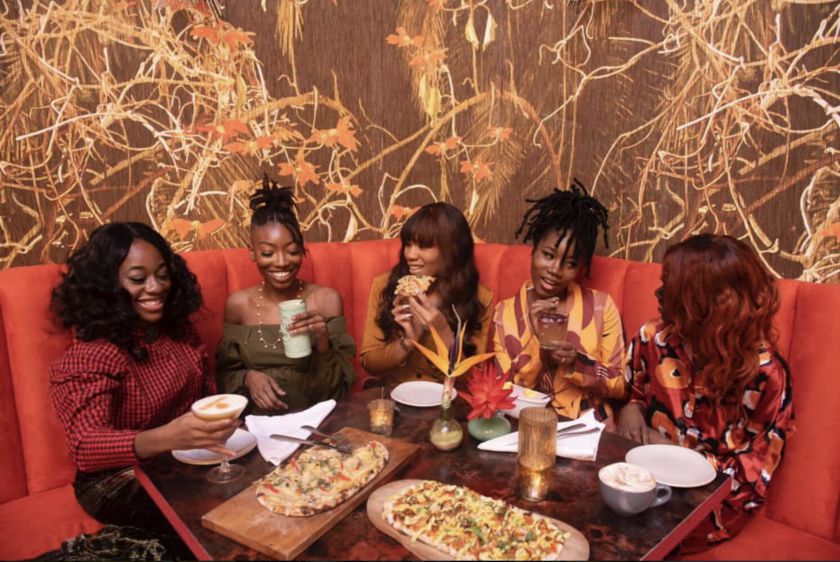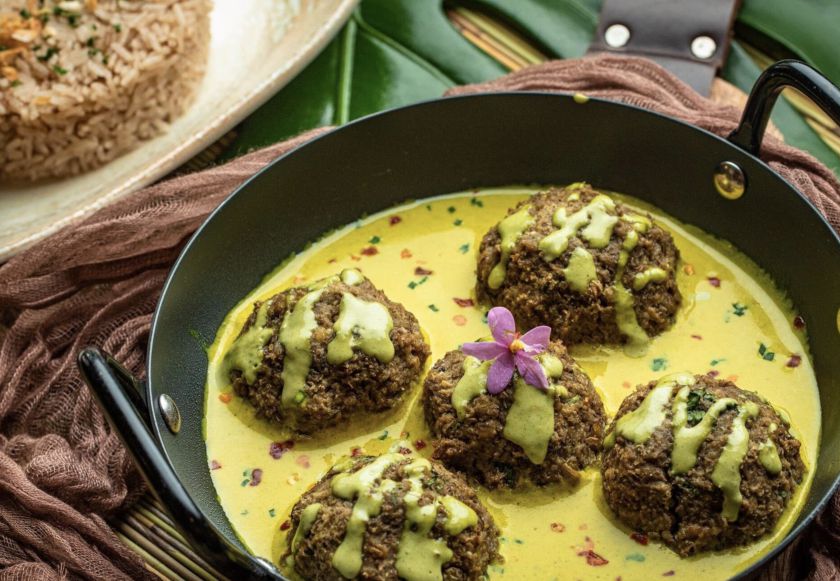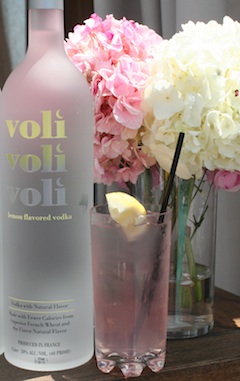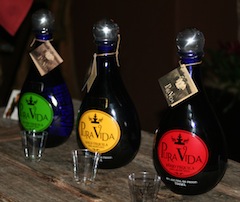Ria Graham: serving up island flavour in New York City and elsewhere
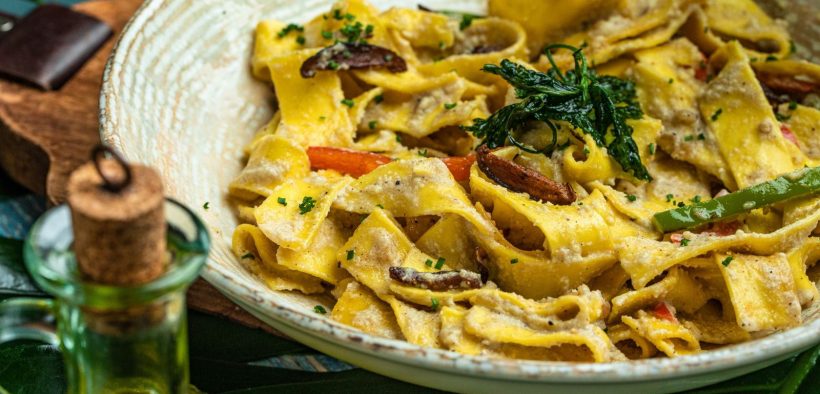
If age is just a number, 27 has worked out to be quite lucky for New York City native Ria Graham, who parlayed her first hospitality industry jobs with high profile restaurants into her own venture, Kokomo, with husband Kevol Graham. In the current hospitality climate, opening a restaurant can involve a major leap of faith. However, launching Kokomo in the middle of the pandemic, June 2020, reflects Ria’s unstoppable faith in herself, which is sure to inspire other hospitality professionals of any age.
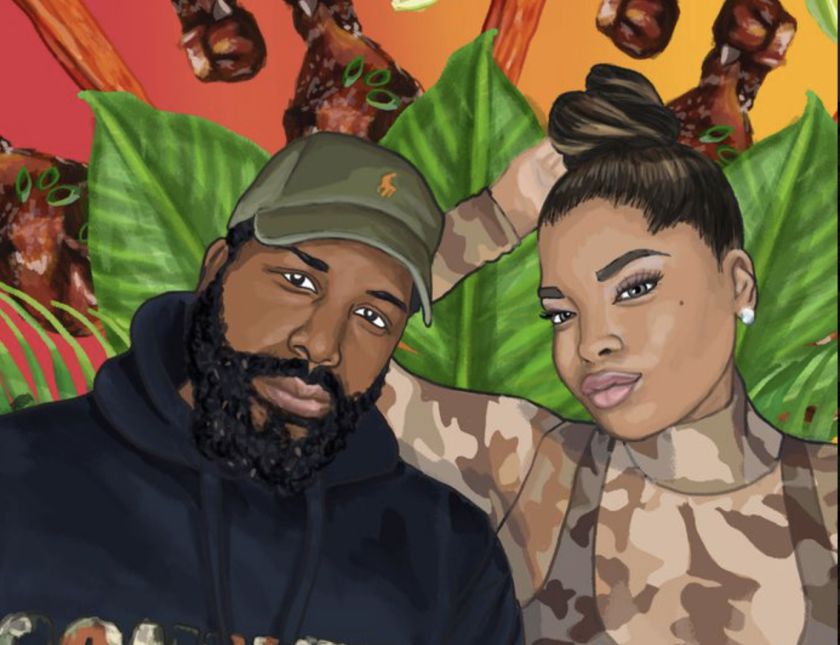
A mural dedicated to Kokomo’s founders at the Williamsburg, Brooklyn, NY restaurant.
And speaking of unstoppable, she recently co-created and helped launch a rum cocktail brand, Good Guice, which she hopes will eventually spread beyond trendy Brooklyn. Back at the restaurant, the couple endeavours to keep building their Caribbean dining destination through its innovative Caribbean cuisine and culture and a goal to take diners on a tropical-themed tasting tour of the islands.
‘One of my main inspirations when launching Kokomo was the desire to expand the breadth and scope of Caribbean culture and to redefine how it is perceived,’ the 27 year-old restaurateur affirms. ‘It’s an extremely diverse culture that typically gets put into a limited box. At Kokomo, diners can try exquisite dishes while experiencing warm and welcoming hospitality that makes them feel at home. Guests can take the island vibes home with Good Guice.’
Lucire Rouge: Why was launching new businesses during the pandemic a good strategy for you?
Ria Graham: Opening a restaurant for the first time is tough, but adding the pressure of COVID-19 took it to another level. NYC was trying its best to keep everyone safe, and with that came a lot of ever-changing rules. We had to do daily reschedules and training to make sure we were staying on top of the new regulations. Fortunately, we have a great team that took all of the procedures seriously. It turned out to be one of the best decisions we could have made—the support and outpouring from the community was amazing, I’m so grateful.
What initially drew you to the hospitality industry?
Kevol and I worked in hospitality before we got married. I was head of marketing at a restaurant, and he was a guest chef that we hired to promote Black History Month. We bonded over food, and got married eight months later. Fast forward to the birth of our first child, we knew that we wanted to build a legacy for our family. We explored a few different opportunities, and ultimately decided that we should pursue our original passion for restaurants.
As restaurants and bars involve a team effort, what do you do to bring out the best in people you work with to bring new ideas to fruition and keep existing restaurants exciting for the customers?
We have staff from different backgrounds and countries, which contributes to the cultural fusion we have within Kokomo. Our team brings their own traditions and experiences to the table, that’s what makes us who we are. The team is encouraged to present new ideas. We love to change things up by adding new cocktails and other experiences.
With wanderlust building to a fever pitch with people not able to travel during the pandemic, how did Caribbean restaurant Kokomo and Good Guice fit with what customers wanted at that moment? How will you carry these and other things forward as the pandemic eases up?
We have worked hard to create an experience with our branding and story. People from afar reach out to us from many states and even various countries to tell us how excited they are to visit us once they are able to travel. They encourage their local family and friends to stop in. We’re blessed to be considered a desired destination to many.
What were the inspirations for your restaurant’s concept?
My husband and I are of Caribbean descent, so our primary focus is Caribbean cuisine, [but] with a twist. We travel a lot, and oftentimes we can only get a particular flavour profile from that particular destination. We wanted to combine our culture with our experiences.
What are some of the big trends in food and beverage, as you apply them to Kokomo?
I foresee creative, interactive dishes becoming more popular. Also, expect to see dishes with flavour profiles that bring new experiences to your taste buds.
Leading up to the launch of your business, what would you say are the most important experiences and learning opportunities you had working for others in hospitality?
You have everything you need within you to succeed, be willing to adapt and don’t get into this business if you’re not passionate about it!
Koko’s Island Pasta Recipe
Serves 4–6
For the pasta sauce:
1 cup raw cashews
1 Scotch bonnet pepper (you can halve or omit it, depending on the spice level of the jerk seasoning and your taste for heat)
2 garlic cloves, peeled
2 scallions, roots and ends trimmed, and cut in half where the green and white parts meet
Olive oil, for drizzling
¾ cup unsweetened almond milk
1 tablespoon jerk dry seasoning (Grace Jamaican brand is recommended)
Salt to taste
For the pasta:
12 oz uncooked pasta (pappardelle is recommended)
High-heat oil, such as canola, for sauteing
1 red or orange bell pepper, sliced into slivers (or half of each, if you’d like to be colourful)
½ pound shiitake mushrooms, stems removed and caps thickly sliced
½ pound peeled shrimp (omit if you’re making this a vegan dish)
Grated parmesan for serving (optional)
First, make the pasta sauce.
1. Bring a medium-sized saucepan of salted water to boil, then add the raw cashews and boil them for about 15 minutes until they’re tender, then turn off the heat and set aside.
2. While the cashews are cooking, preheat the oven to 425°F and place the Scotch bonnet pepper (if using), garlic, and scallions on a baking pan. Drizzle them with olive oil and toss them until coated.
3. Place the pan in the oven and cook, turning once, until the vegetables are lightly browned, about 10 minutes total. Remove from the oven and set aside.
4. Drain the cashews and place them in a blender along with the roasted vegetables, almond milk, jerk seasoning, and salt to taste. Process until a smooth puree has formed, then taste and adjust the seasoning. This will be spread over pasta, so you want it to be strongly flavoured.
5. Set aside. You can make the sauce a few days in advance; just store it in the refrigerator in a sealed container.
Make the pasta.
1. If you’ve made the sauce in advance, warm it to room temperature.
2. Cook the pasta according to package directions. Reserve about 1 cup of the cooking water, then drain the pasta and set it aside.
3. Heat a large skillet over a medium-high heat. Add a splash of oil, enough to coat the surface.
4. Add the bell peppers and shiitakes and cook, stirring occasionally, until softened and lightly browned, 5–10 minutes. Transfer the vegetables to a bowl.
5. If you’re using the shrimp, add another splash of oil to the pan (no need to clean it first), and add the shrimp. Cook over medium-high heat, stirring occasionally, until the shrimp are cooked through, 2–3 minutes on each side. Add the shrimp to the bowl with the vegetables, sprinkle with salt, and toss.
6. Transfer the cooked pasta to a large bowl with the sauce and toss well to combine. Add additional pasta water if needed to thin the sauce so that it spreads and gently clings to the pasta.
7. Add the sauteed vegetables and shrimp, mix to coat, then serve with parmesan if desired.
